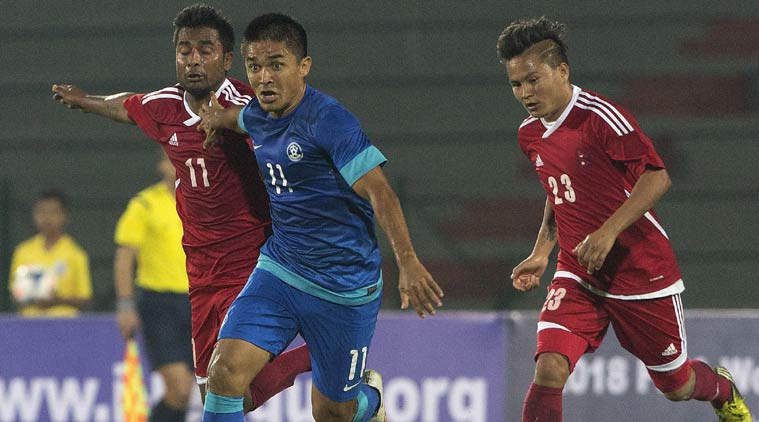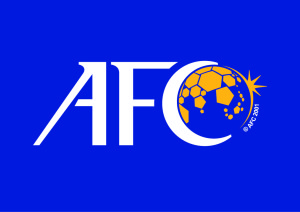By Mark Baber
June 25 – In the wake of tiny island territory Guam (population 165,124) defeating India (population 1.252 billion) in a World Cup qualifier on June 16, attention has turned to the issue of people of Indian origin (PIOs) who may offer salvation for the country’s national team. However, the Indian government opposes their inclusion in the national team, setting up a potentially dangerous confrontation with FIFA.
In the wake of being defeated by a desert island where a total of 5,460 people play football, the Indian football authorities, who oversee 20 million players, have launched what looks to be a co-ordinated media campaign, with articles in local media focusing on the issue of PIOs and how they could apparently bridge the gap in quality of players before young Indian recruits come through the new academy system which has been set up through the sterling efforts of the current incumbents.
52 year old Londoner, Stephen Constantine, who has recently started his second spell as Indian national team coach, wrote: “I would like the opportunity to select some of the players that are of Indian origin or have roots here to play for the Indian national team. There are a number of players that I have identified who would add great value to the team and obviously improve us as a whole.
“This is, of course, not the long-term solution it is a way where we can improve results in the next few years now but and at the same time make sure we are doing the right things when it come to developing players here in India.”
Constantine added: “How can we do this without upsetting the government’s policies, the recent result against Guam has for sure raised the issue of why we are not allowed to use Indian players playing abroad.”
In a similar vein, AIFF general secretary Kushal Das told The Times of India: “Pakistan’s captain is a British citizen and many Afghanistan players turn out for European leagues. Six of Guam’s players were of US origin, playing in the MLS. It is becoming difficult for India to beat teams such as Afghanistan and Guam. We admit their systems and exposure are far superior to ours.”
“Also, we have to admit that there will always be limitations in the abilities of the current set of footballers in the national team. They have not come up through the education and training system which we find in the present-day academies and grassroots programmes.
“They didn’t have the benefit of such grooming and thus the national team cannot do too well at this stage.”
According to Das: “Head coach Stephen Constantine has identified 4-5 players (such as Luciano Narsingh of Holland and Harmeet Singh of Norway) who can make a huge difference to the national team as the MLS players did to Guam.”
The possible dangers of this line of reasoning for India come out of the incompatibility between the stance of the Indian government – which has banned the use of PIOs for some years and Article 6 of the FIFA Statutes under which a player may represent his “country of origin” as long as his biological mother or father was born in the country, his grandmother or grandfather was born in that country or he has continuously in that country for at least two years.
The consequences of the Sports Ministry’s position, which are indeed in direct violation of FIFA’s rules, does give FIFA the theoretical power to suspend or expel India. However, FIFA has not always been consistent in applying its statutes in India where the country was allowed to set up two parallel leagues in contravention of FIFA rules. It appears more likely FIFA will take a non-confrontational and pragmatic stance on the issue, leaving India to wait for those youngsters to break through the ranks to avoid further national humiliation.
Contact the writer of this story at moc.l1745023610labto1745023610ofdlr1745023610owedi1745023610sni@r1745023610ebab.1745023610kram1745023610


